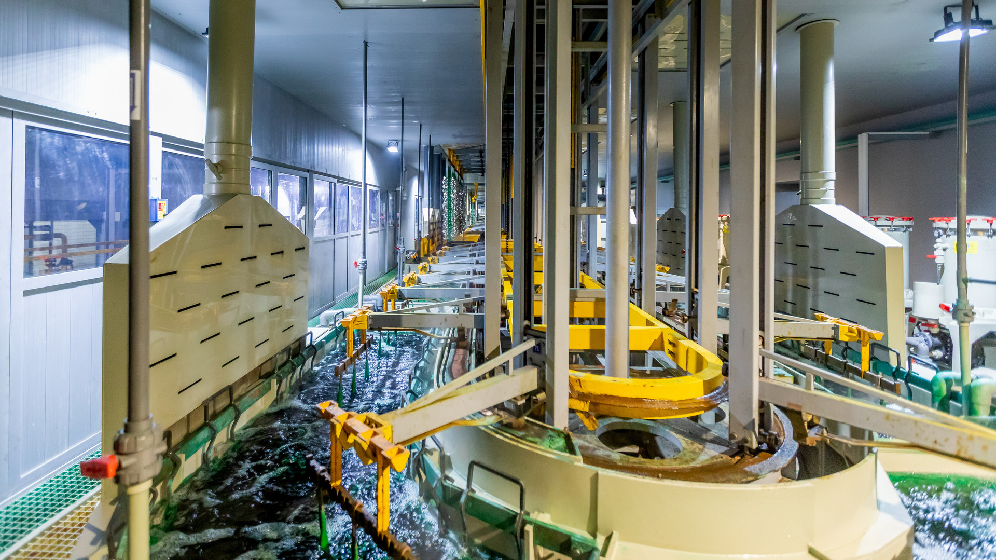
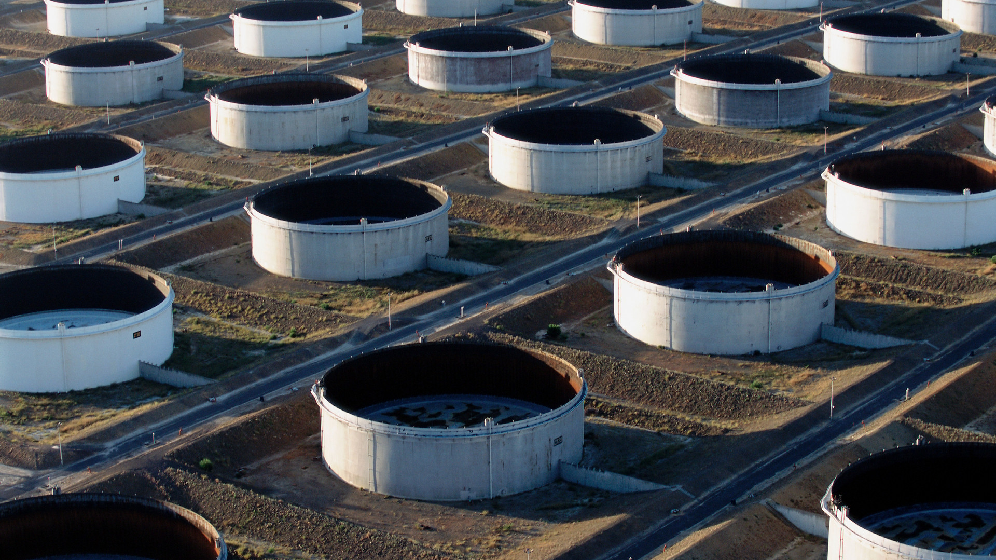
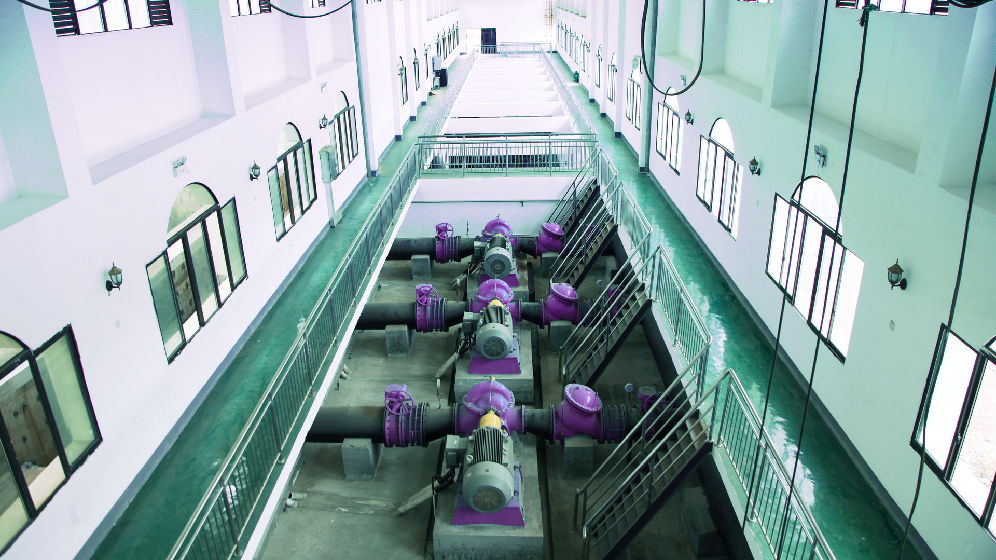
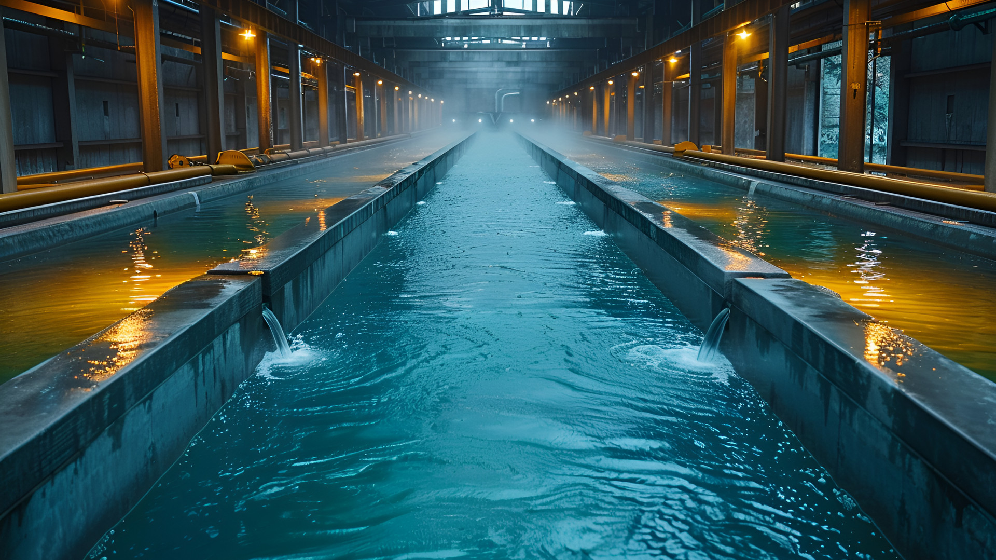
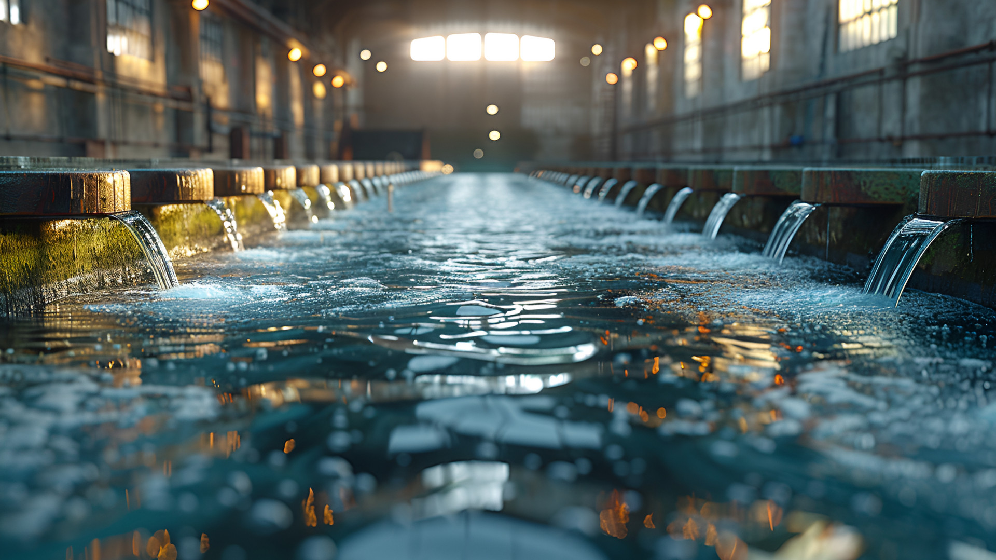
Industrial wastewater has always been the weakest link in the chain of water pollution prevention and control, known as the most difficult "bone" in the water treatment industry. Two of the reasons are: firstly, its composition is complex and its properties are varied, making pollution control difficult; The second issue is poor technical reproducibility. The properties of wastewater discharged from different processes vary greatly, and it takes a long time to study and treat them separately. When treated together, the water quality is uneven, the amount of water is too large, and the effect is not good. Moreover, some wastewater contains primary pollutants that need to be treated at the workshop discharge outlet, which poses certain difficulties for the treatment of industrial wastewater. The market size of industrial wastewater treatment in China is 84.3 billion yuan, ranking second in the world, only behind the 95 billion yuan in the United States.
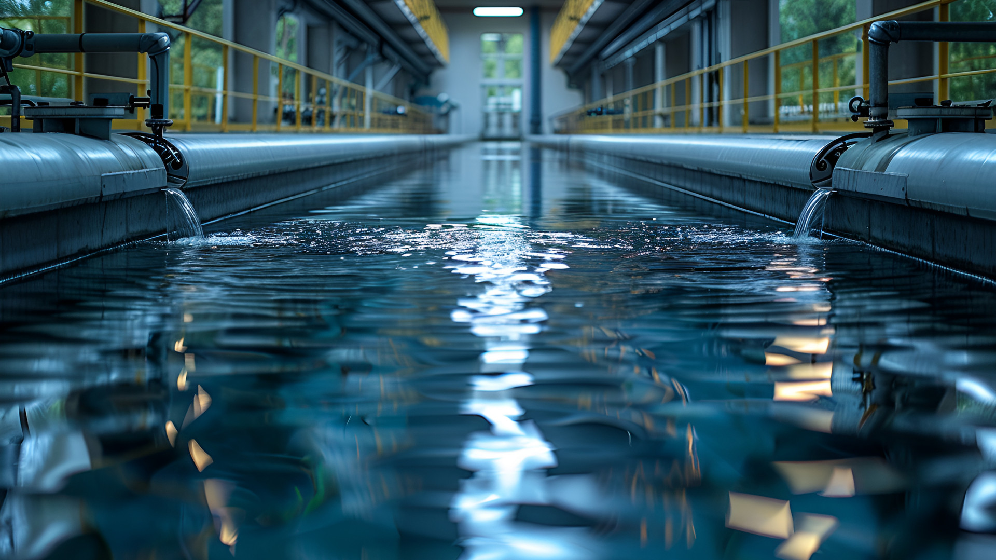
Recently, many people have been concerned about the direct discharge of industrial wastewater, so let's talk about it. Obviously, the country is becoming increasingly strict, but there are still companies that are performing well in the field of industrial wastewater treatment. What is the reason behind this? Recently, the topic of industrial waste treatment has become a hot topic, and many people inside and outside the industry have turned their attention to this field. Especially when industrial wastewater rapidly spreads into rivers, the danger of direct discharge is shocking. So let's explore whether direct discharge of industrial wastewater can really reduce costs.